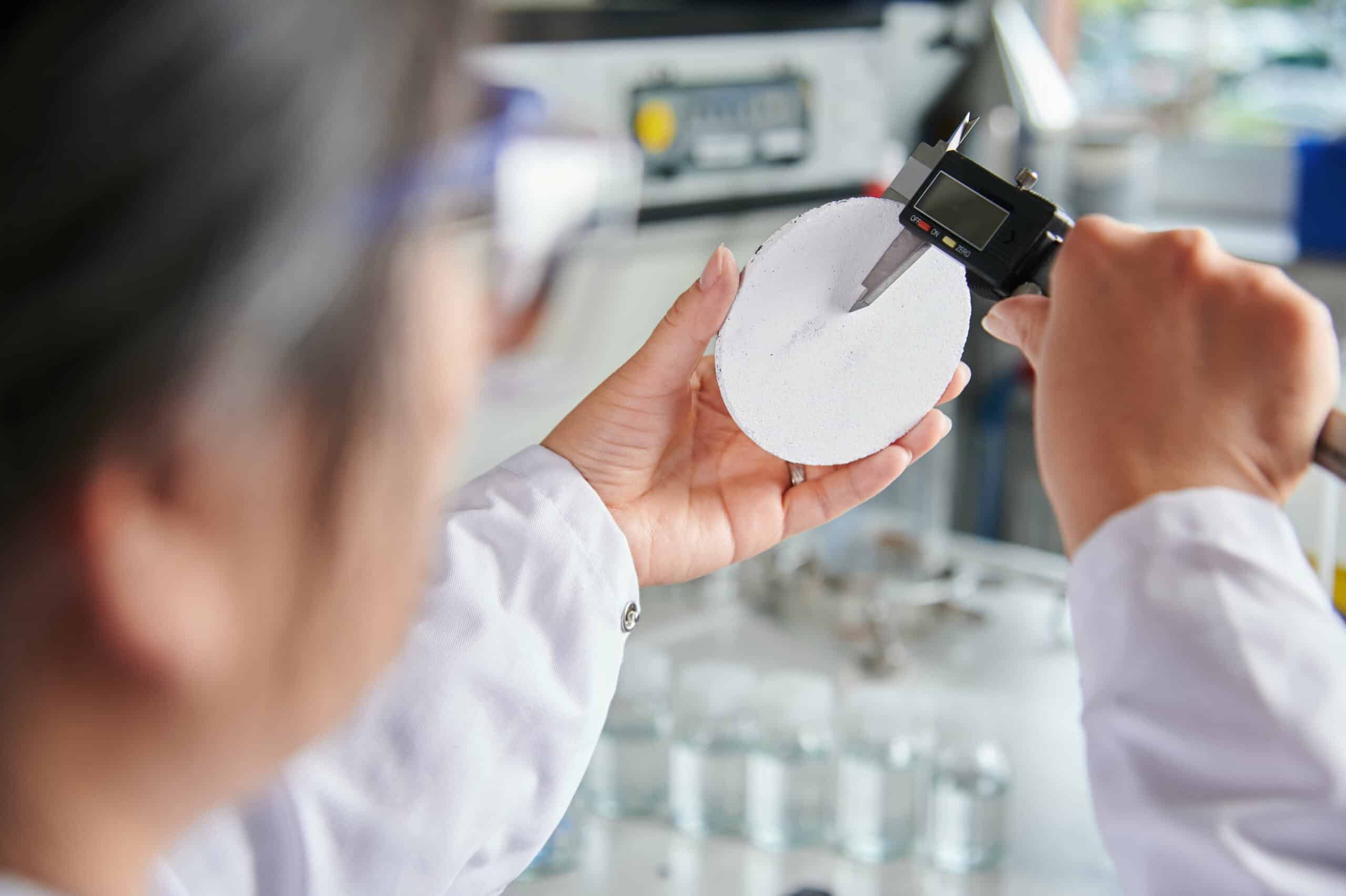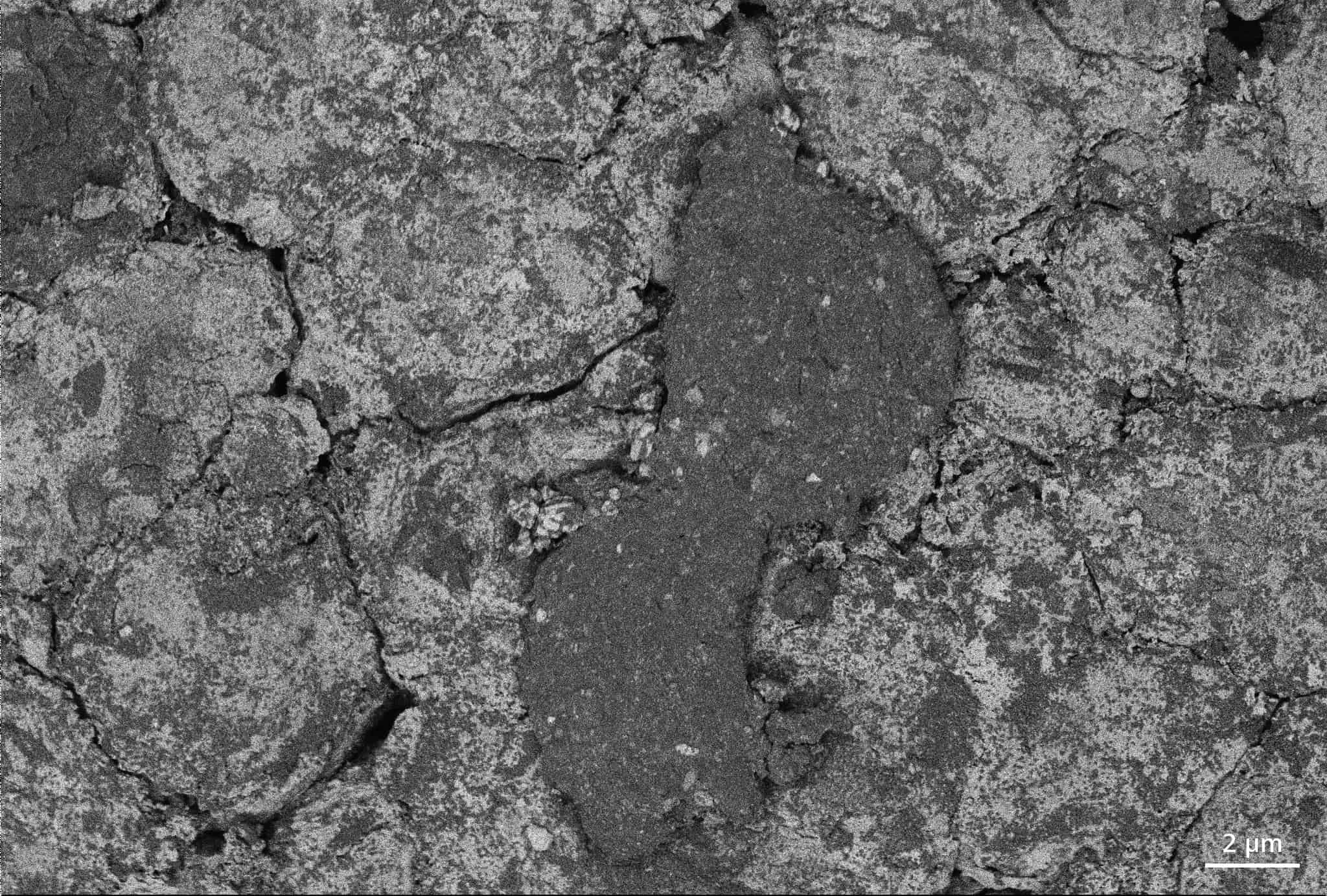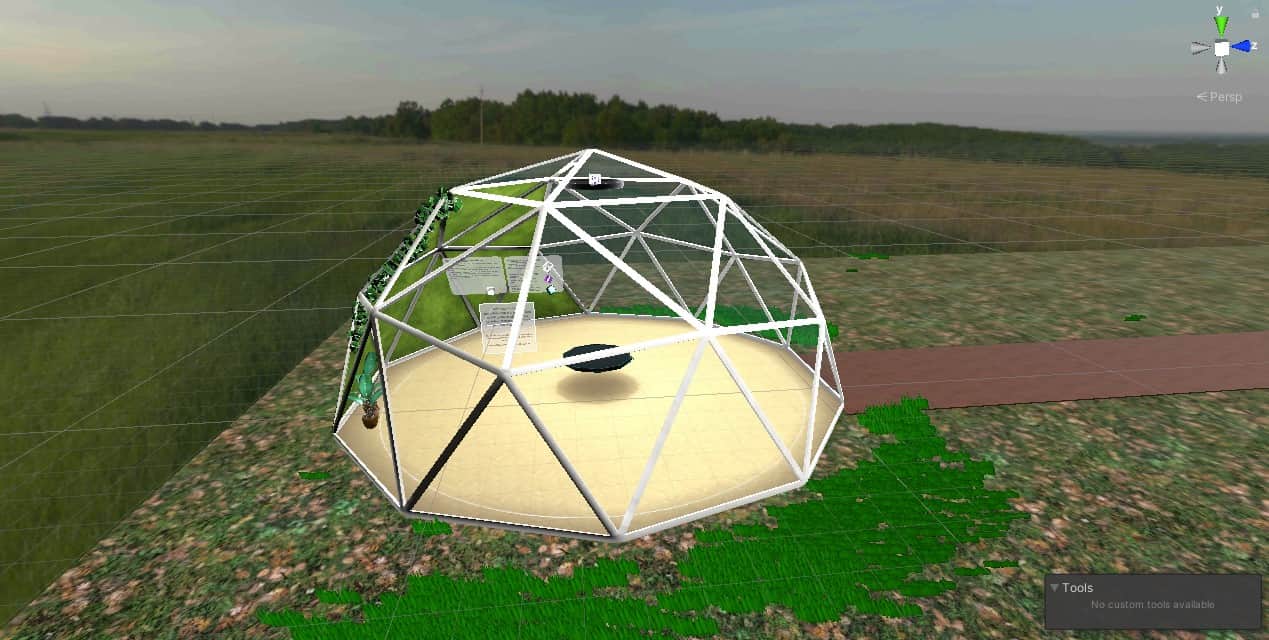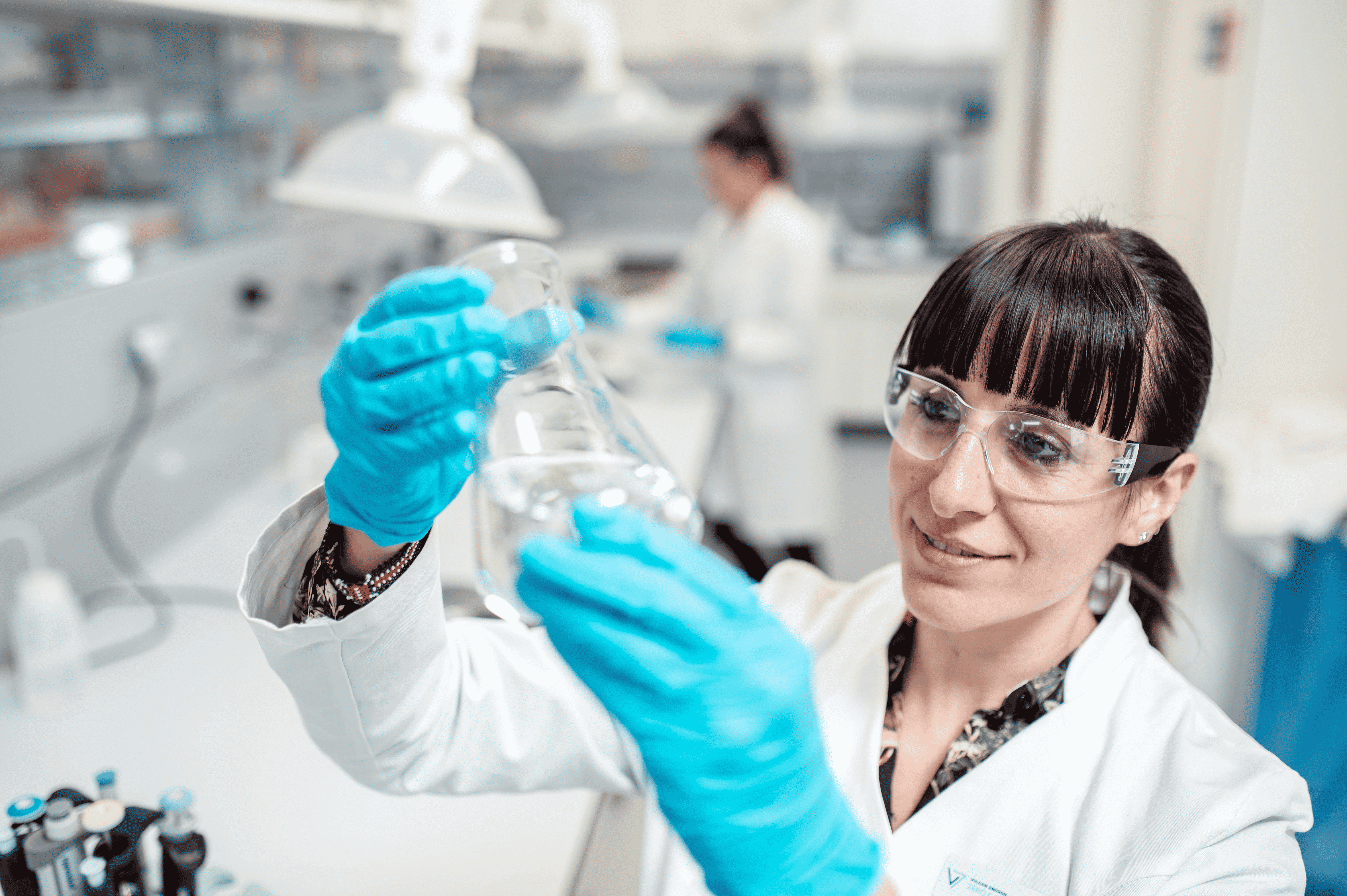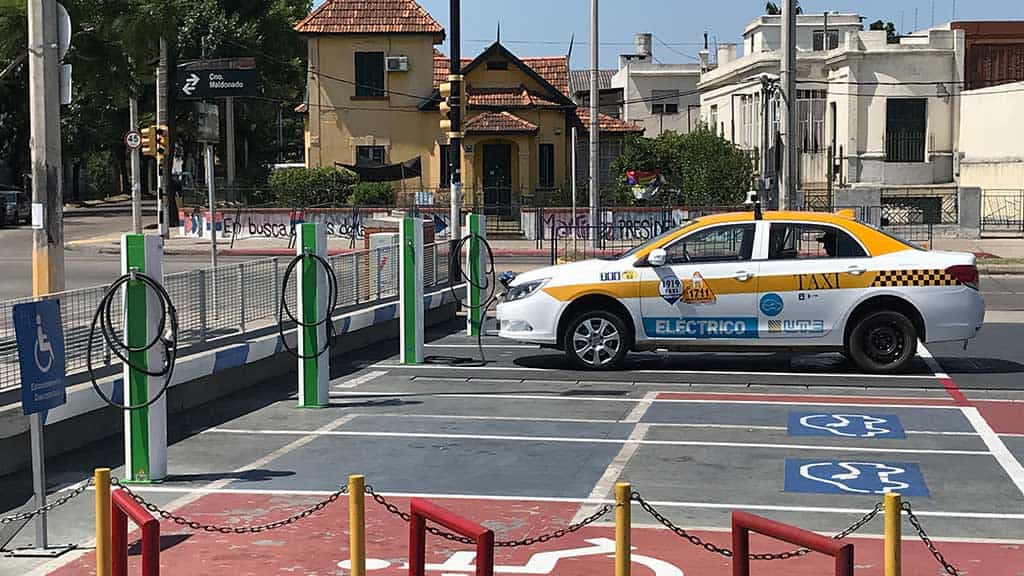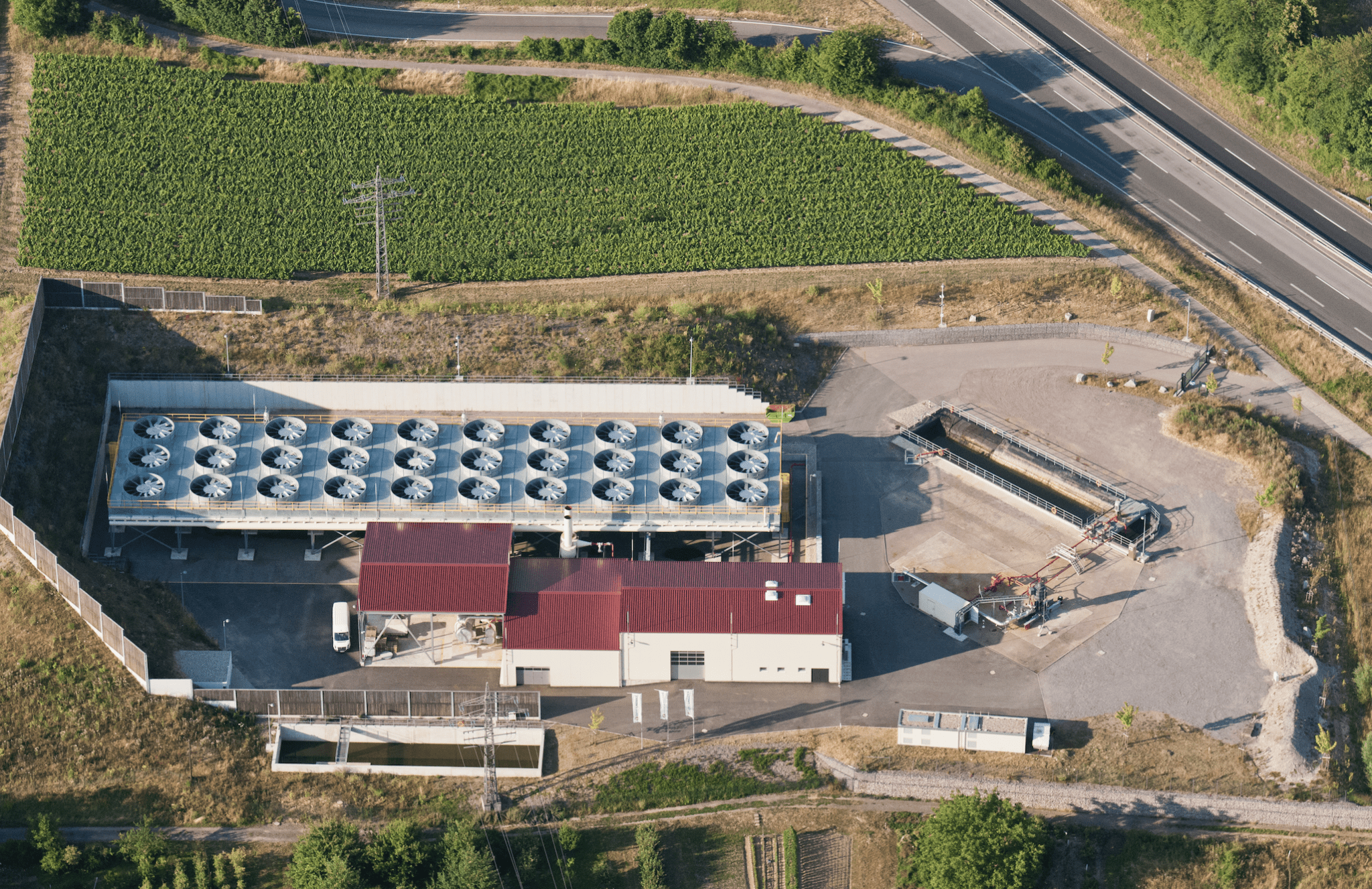
Lithium has emerged as one of the key materials for powering mobile devices and electric vehicles, primarily in the form of the lithium-ion battery. But lithium also plays an important role in super-lightweight metal alloys for aerospace applications. This research sector is being addressed at the Light Metals Competence Center Ranshofen (LKR), a branch of the AIT Austrian Institute of Technology. It focuses on the further development of ultra-light metal alloys with magnesium and aluminum. These are of interest, among other things, for parts of the outer shell of aircraft. Aluminum-lithium alloys are already being used in the Boeing 787 Dreamliner and various Airbus models.
Metal alloys
Lithium is the lightest element that is solid under standard conditions, with a density of 0.5 grams per cubic centimeter. Aluminum is also light, but at 2.7 grams per cubic centimeter, it is five times denser than lithium. In metal alloys, lithium has the advantage of reducing the density of the material. “This means that if you add lithium to metals such as aluminum or magnesium, the density of the alloy drops, making the material lighter overall. The same goes for magnesium. But adding lithium can also improve mechanical properties such as tensile strength or hardness. And in the case of magnesium alloys, also ductility,” explains Dr. Johannes Österreicher, Senior Scientist at the Light Metals Competence Center Ranshofen.
Distribution profile
Until now, however, research and development of lithium materials has faced an unsolved problem: to develop or further optimize materials with predefined properties, the distribution of the metals within the material must be determined. Lithium, as the lightest solid element, has so far been undetectable using conventional measuring methods.
Also interesting: German researchers are on track for a strong and stable lithium-metal battery
A common measuring instrument with spatial resolution is the electron microscope, used to determine distribution profiles and maps of elements. It is equipped with a detector for energy-dispersive X-ray spectroscopy (EDS). This allows the sample to be scanned with an electron beam in nanometer steps, recording a chemical spectrum for each point. The spectrum provides information about the composition and is the basis for imaging the element distribution.
Invisible
Although lithium atoms also emit characteristic X-rays when excited, they are so low in energy that they cannot be detected. Consequently, lithium remains invisible on an EDS map of a lithium-containing sample. According to Österreicher, “Alternative methods for quantifying lithium already exist, but they require special equipment, are operationally complex and very expensive. This also limits their applicability. One example is Electron Energy Loss Spectroscopy – EELS for short. Another example is atomic probe tomography, which requires equipment costing millions of euros. Such equipment is only available in a few research facilities, is heavily utilized and thus inaccessible to many.”

Photo: Quantitative mapping of lithium in a scanning electron microscope: secondary electron image and maps of the elemental metal fraction (in weight and percent) of the same region of the MgLiAl alloy; white pixels are regions excluded from analysis due to the influence of topography.
Österreicher and his team have now developed a new method for mapping lithium at the microscopic level. It is simple and requires only a scanning electron microscope with an EDS detector. “It’s a standard piece of equipment available at almost all universities and research institutions that do research in the lithium sector,” says Österreicher.
Backscattered electrons
What’s new is the approach of combining the EDS method with what’s called quantitative backscattered electron microscopy (qBEI). Backscattered electrons are electrons from the electron beam in an electron microscope. They penetrate the sample, are deflected by the atomic nuclei and scattered back again. Backscattered electrons can be detected because areas of different chemical composition appear at different levels of brightness. This is why they are often used for imaging.
The AIT team has taken advantage of this effect. Using different element standards, a calibration of the brightness via the atomic number was created to determine the average atomic number of each point on a sample. The atomic number is equal to the number of protons found in the nucleus of each atom of that element. Combining this information with a conventional EDS measurement, the lithium content for each point can be calculated – even for very small amounts of lithium.
Spatial resolution
The method can be used not only to determine the general lithium content but also to perform spatially resolved measurements on a micrometer scale and even below. Spatial resolution is essential since such metal alloys contain not only solid solutions but also intermetallic phases, explains Österreicher. The composition of the latter differs significantly from the global composition of the alloy. These intermetallic alloys can have both positive and negative effects, which is why their targeted design is of great importance. Spatially resolved measurement methods can be used to identify the composition, size and distribution of the intermetallic phases.
Further development
This new method was internationally patented and published in the renowned journal ‘Scripta Materialia’. AIT has subsequently entered into a strategic cooperation with the company Gatan from Pleasanton, California to further develop and market the method. Initial joint work confirms the potential of the method.
Application
At AIT’s Light Metals Competence Center, the innovation is being used to further develop high-performance materials made of magnesium-aluminum-lithium alloys. At AIT’s Battery Lab, this new measurement method is facilitating research into new battery materials.
The goals of battery research are to increase the storable charge density and battery life. The capacity of the battery should not drop substantially, even after several thousand charging cycles. Last but not least, this requires materials with advantageous properties.
“In the future, this method could lead to more targeted, faster research processes since such measurements can then be carried out more easily than with the expensive, complicated methods mentioned above,” says Österreicher.
Also of interest: Father of the lithium-ion battery wins the European Inventor Award 2019 in the non-European country category

